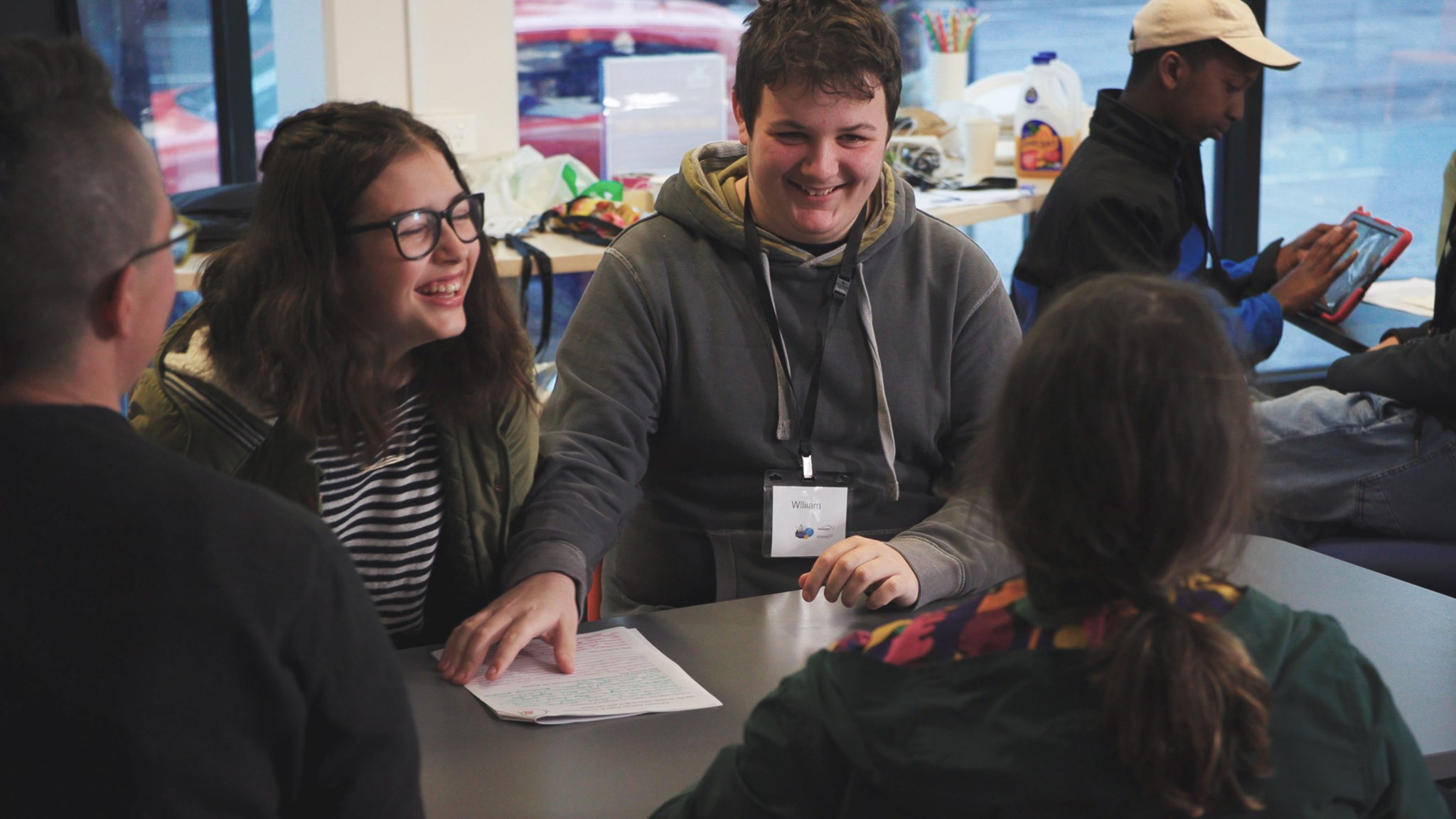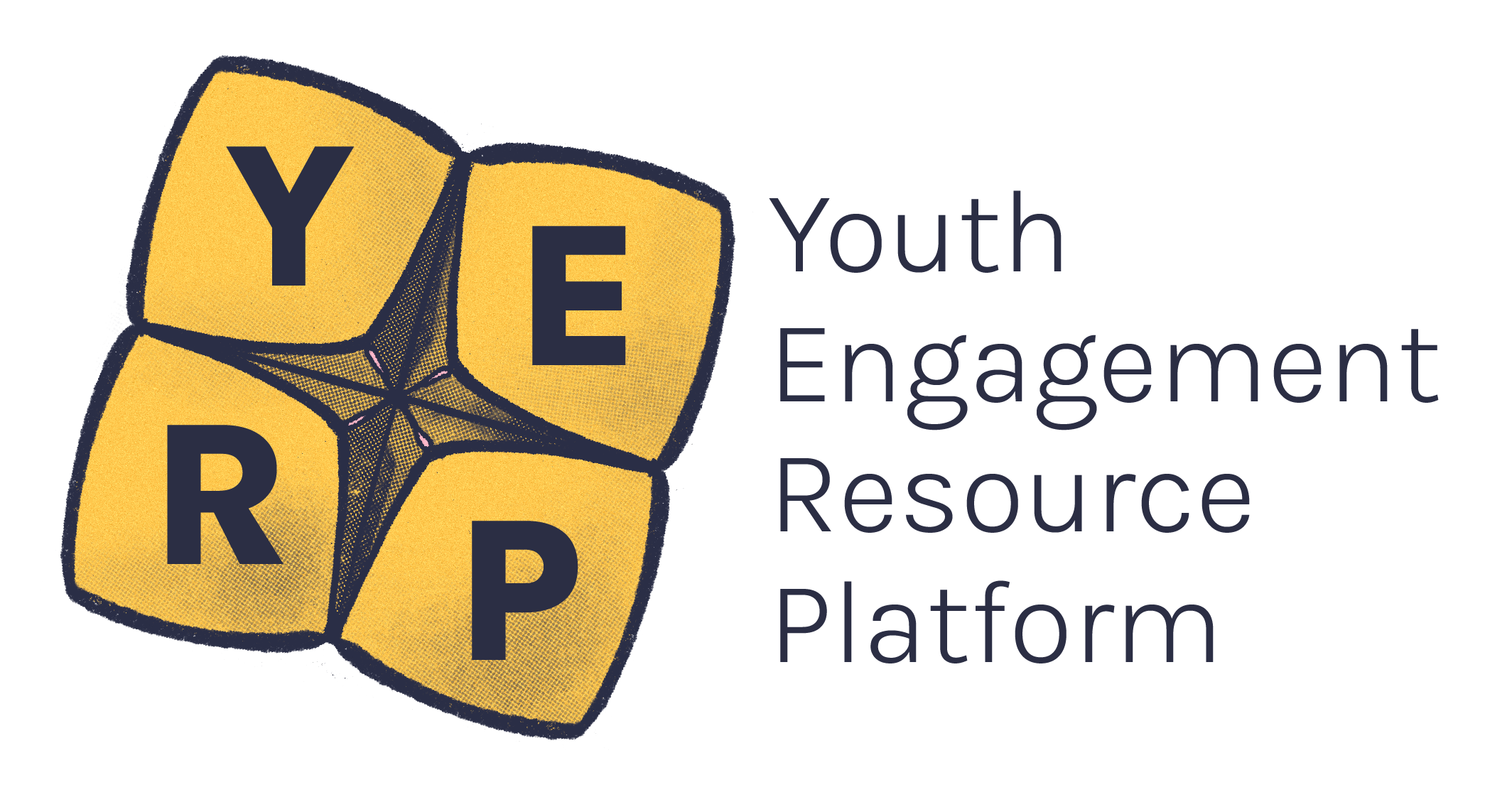For the past nine months, I’ve had the incredible experience of working as a Co-Designer for the Emerging Young Leaders Program. I’ve had the privilege of watching young people come together to learn, to lead, to share, and to grow.
These young leaders learned how to collaborate, how to be confident in who they are, how to advocate, and how to be inclusive. They also shared something in common besides their impressive leadership skills: they all either identified as living with a disability, being Deaf, neurodiverse, and/or having lived experience with mental health issues.
However, their disabilities and differences weren’t the only things that brought them social connectedness. Of course, some may have shared the same struggles, experienced the same barriers to accessibility, felt stigma and judgment. But they bonded over their desire to be change makers, their ability to make a difference in their own communities, and of course, the really important things: video games, their favourite TV shows, and the best flavour of potato chips.
In the nine months I’ve worked on this project, I’ve learned a lot, too. And I want to share with you four things you can learn if you listen to the emerging leaders in their own communities.
1. It’s okay not to know something.
Everyone is still learning, even adults who might think they know it all. When interacting with people from different backgrounds, with different lived experiences, and with different abilities and limitations, you’re destined to learn something new.
So if you don’t know something, if you’re unsure, or if you want to make sure you’re doing your best to include everyone, ask questions. It’s okay to not know, it’s okay to ask questions. But it’s not okay to assume. And it’s not okay to refrain from asking questions that are important for others’ comfort just because the not knowing makes you uncomfortable.
Having a disability doesn't mean you’re an expert on all things disability-related, and the young leaders who participated in the Emerging Young Leaders Program knew this. Sure, they were experts of their own lives and their own experiences, but when they were able to work best together was when they asked questions to their peers to make sure everyone felt listened to, respected, and understood.
2. We all have our own individual strengths.
In our workshops, one of the participants’ favourite activities was the straw tower challenge. Together, they had to discover how to work in a team and play upon their own strengths and the strengths of their teammates to create the tallest tower out of straws, tape, and a blob of blu tac.
Each individual on the team had a disability, but instead of highlighting what they may not be able to do, together they figured out what skills they could bring to the table. They all had their own strengths, their own strong foundations to bring forward.
Find out your strengths. Find out others' strengths. Learn how to play upon strengths, rather than focusing on weaknesses.

3. Listening, and being listened to, is powerful.
The only way we can increase accessibility is by listening to others to find out what they need. You have the power to make changes every day by listening to others. And listening applies to a lot of things, not just accessibility. Listen to your friends, your co-workers, your family.
Throughout the course of the program, we had a range of impressive speakers, all of whom identified as having a disability. But their talks weren’t just about disability. Often, they talked about finding their own voice in one way or another: through writing, through being authentic, through advocacy, through art. They all expressed how much change can come from simply being heard.
Having a voice is important for everyone. So make sure to consider others, and to consider what positive things you may have to say, too. And remember, we all communicate differently. Learn how others communicate best so we all have the ability to be heard.
4. We should always strive for better.
Common themes of past experiences are often present in groups of young people with disabilities: stigma, stereotyping, bullying. Regardless of any hardships our participants may have faced in the past, they came together to work hard at making a more inclusive tomorrow.
There are approximately one billion people living with disabilities on earth, and I’d guess that a large percentage of these people aren’t getting the access they need, opportunities they’d thrive at, or the respect they deserve.
I imagine a future where the world is accessible, and it starts with how we treat each other and how we perceive disabilities. The Social Model of Disability recognises that a ‘disability’ is the result of how an individual with an impairment interacts with a world filled with barriers, whether they be attitudes, physical barriers, communication barriers, or social barriers.
Perhaps we can’t snap our fingers and make the world accessible, but each of us can do our own part to remove as many barriers as we can. So, do what you can. Ask people if they’re experiencing barriers. Ask how you can help. And know you, regardless of who you are, are equipped with the incredible ability to treat others with kindness, respect, and willingness to remove obstacles that are in their way.
Takeaways
When I first began working as a Co-Designer, I didn’t really know what to expect. I have a background in Social Work, so I wasn’t completely unaware of what working in the disability sector with youth may be like.
I suppose I anticipated challenges around providing accessibility, perhaps even a learning curve about best practice as it applies to a wide range of disabilities. Compared to six months ago, I have grown by challenging myself to learn more about others, how to remove barriers, and how to make sure young people with disability feel like they have the freedom to be themselves.
I found out that ensuring accessibility really isn’t that difficult as long as you do your research and create open communication and safe spaces for others. I’ve learned that it’s relatively easy to provide opportunities for people with disability, especially young people, to be a part of mainstream opportunities. And most importantly, I discovered that a large portion of the time I did just as much learning as the young people in the room.
This article was written by a Co-Designer for the Emerging Young Leaders Program.




